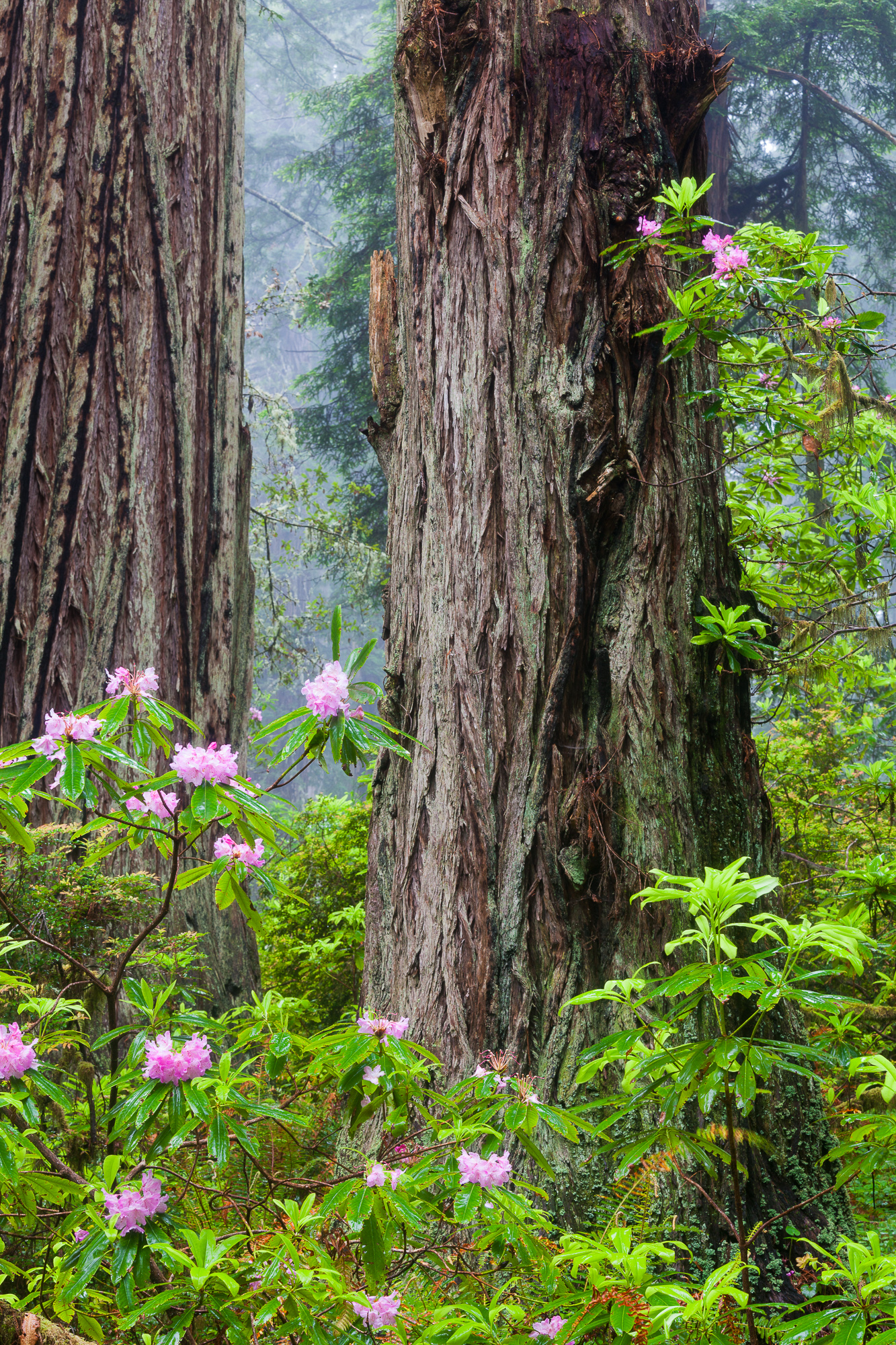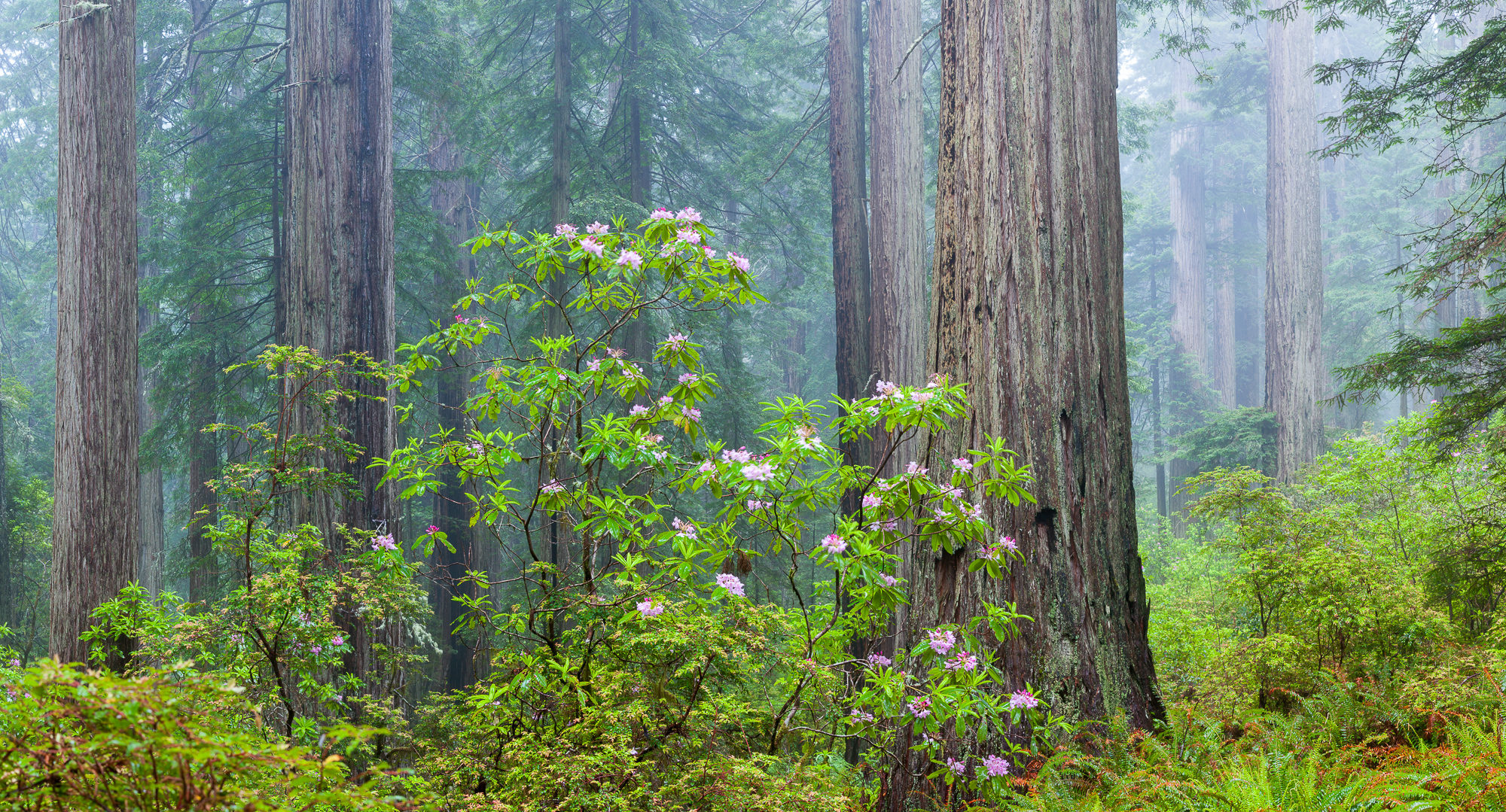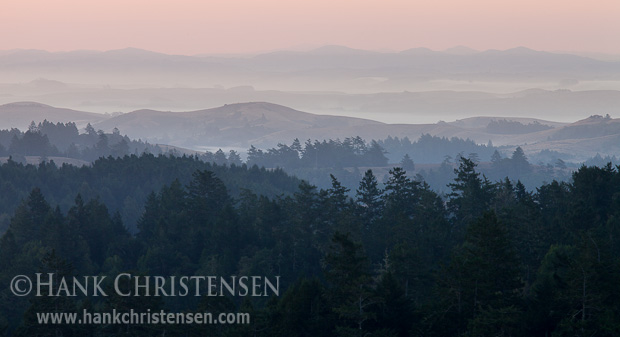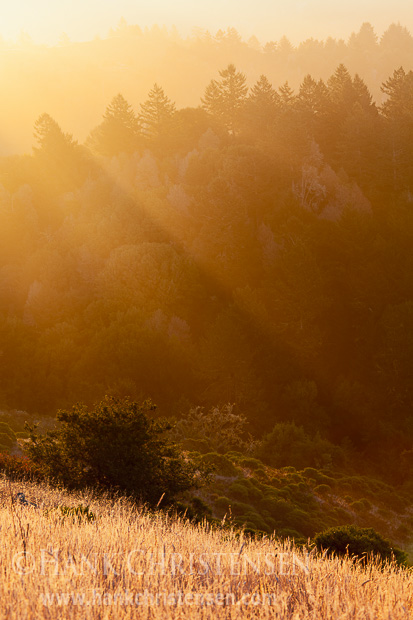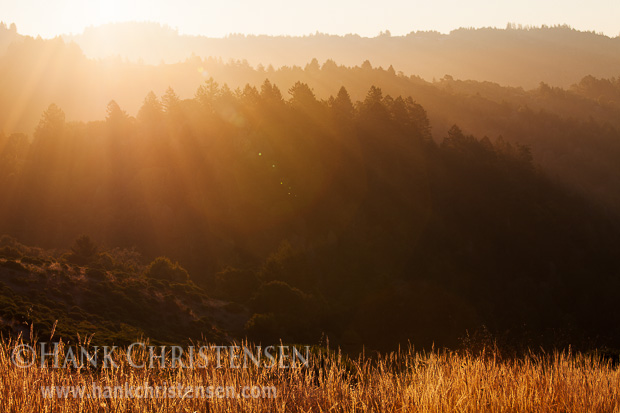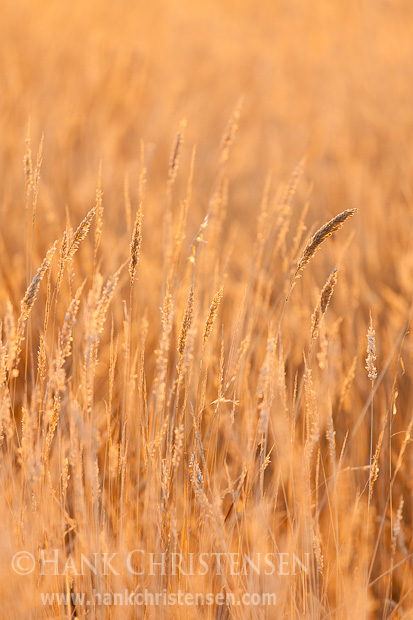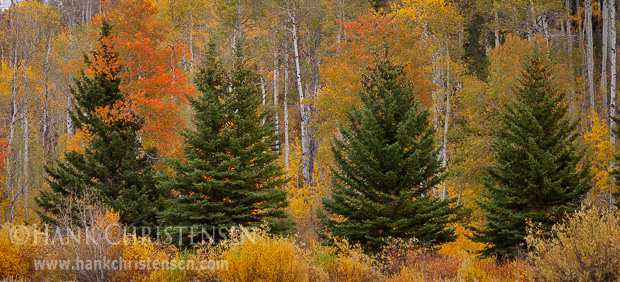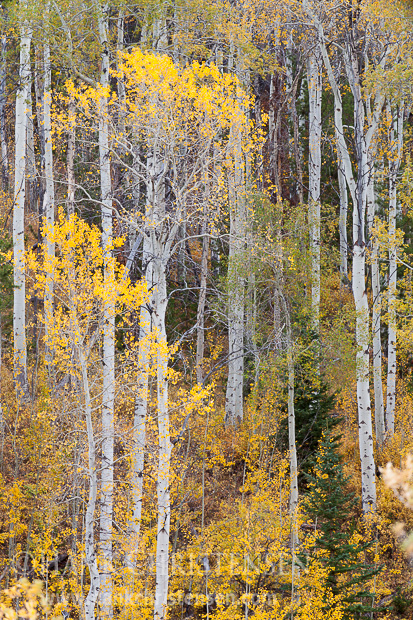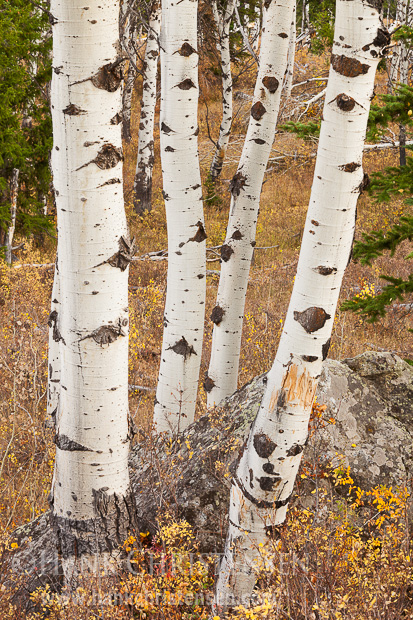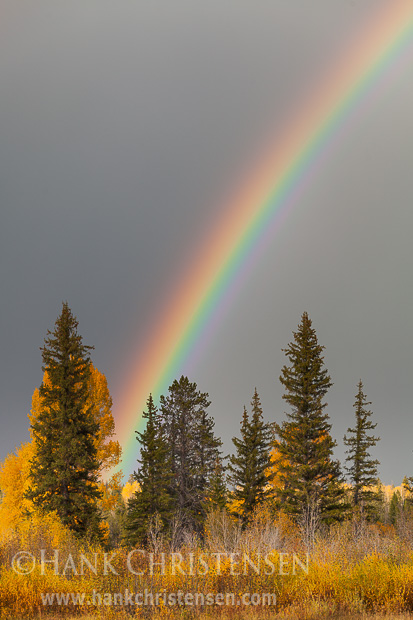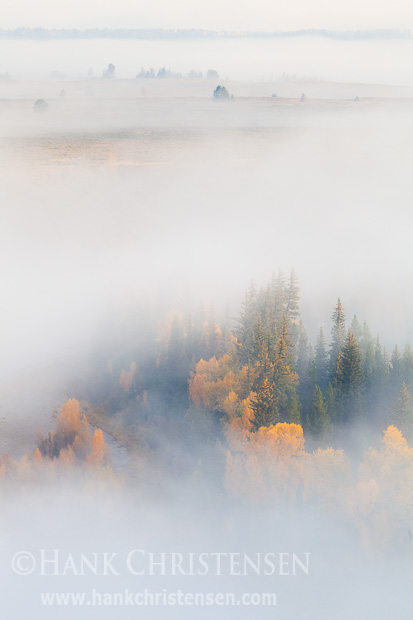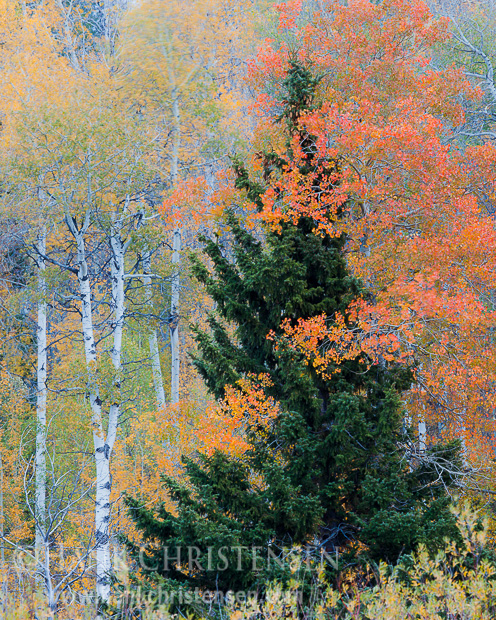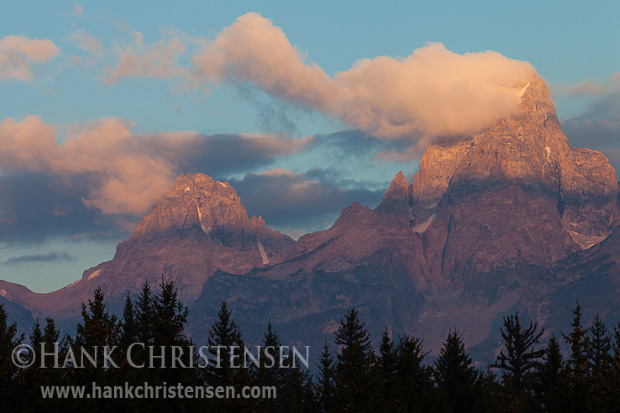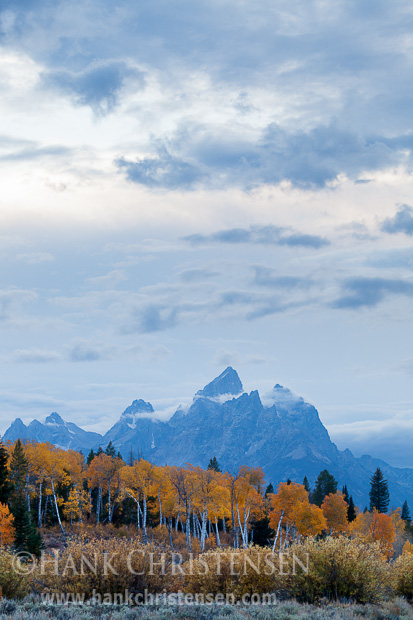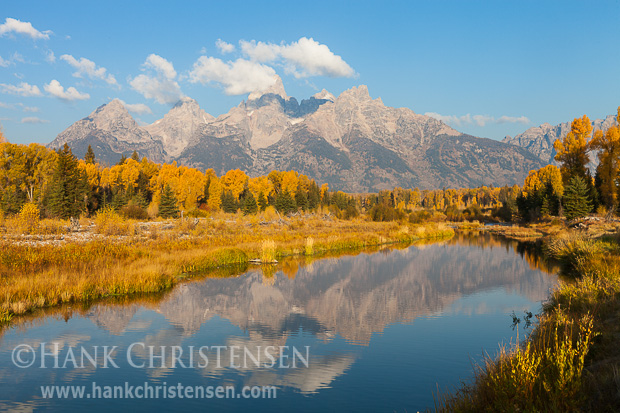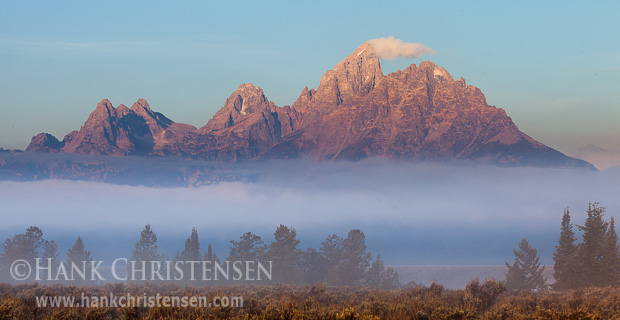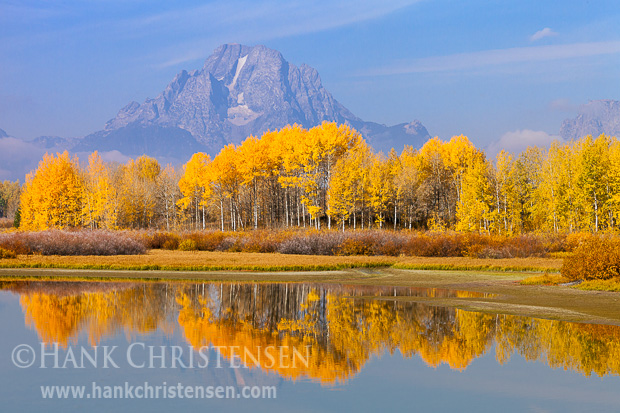A couple of weeks ago I made a trip north to shoot old growth redwoods during the spring rhododendron bloom. It was my first time to the area and was quite an experience. First of all, I found the landscape quite challenging. Once I entered a redwood forest, it was a sensory overload, with subjects to shoot everywhere. The forest was so busy with life that it became difficult to distill each shot down to an individual subject. I could shoot everything from a super wide angle with trees converging into the fog, to macro detail shots of leaves, moss and flowers.
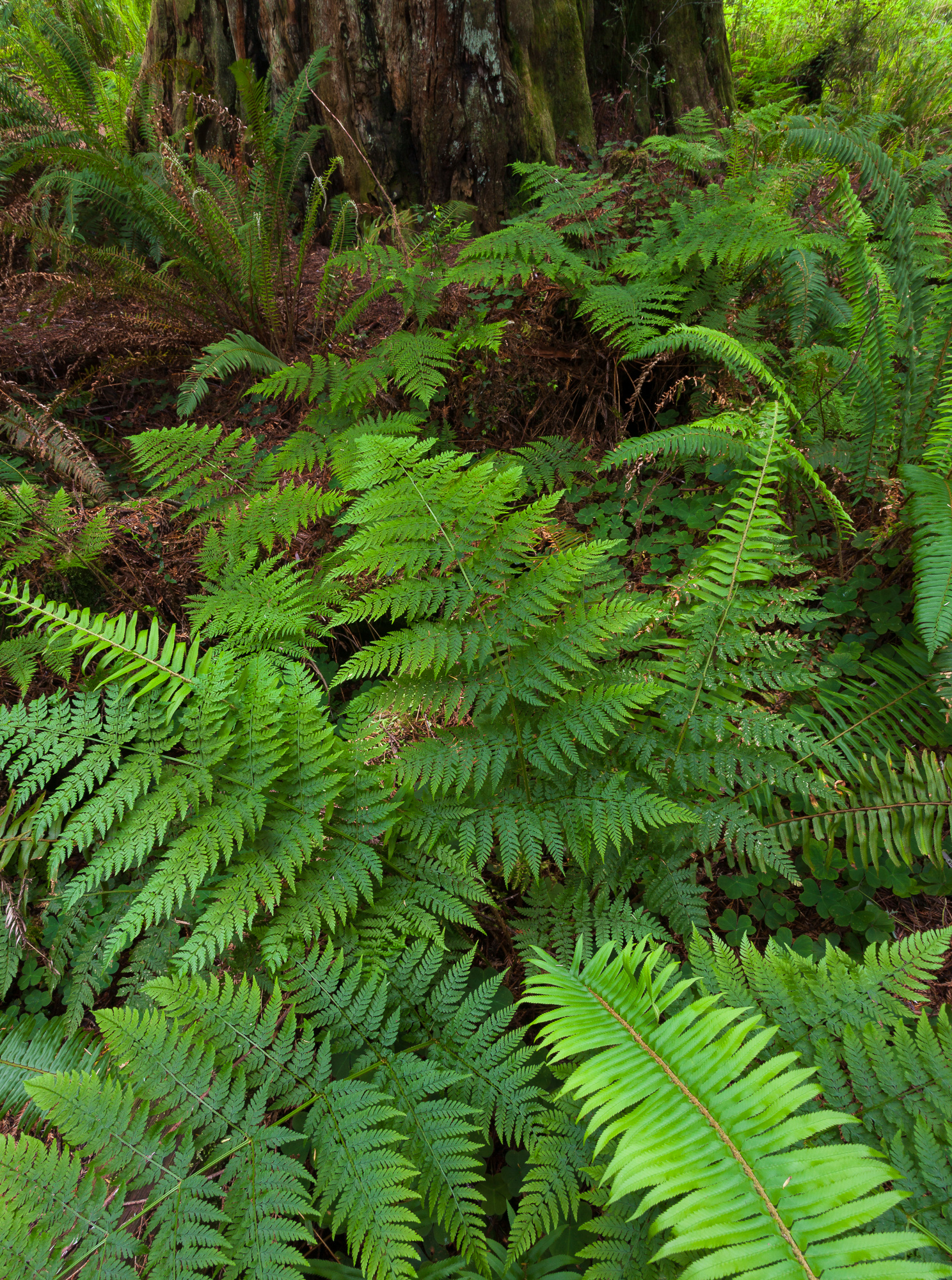
I visited several old growth forests in the vicinity of Redwoods National Park. However, I never visited the park itself, as the oldest forest is preserved in several state parks in the area. These California state parks contain the first trees to be saved from the lumber mills, with the national park encompassing whatever land was left unprotected decades later.

This time of year is very popular for photographers because of the massive rhododendron bloom throughout these forests. The best way to capture the flowering bushes against the giant redwood trunks is to wait for thick fog to permeate the forest, which luckily happens quite often this time of year.
Fog does two things – first, it evens out the lighting in the forest by diffusing sunlight. This prevents the harsh contrast sometimes seen in thick forests when thousands of small light beams spotlight the vegetation. Cameras can’t capture this kind of contrast, and the fog cuts it out completely. Secondly, fog fills in behind the closest trees and greatly simplifies the scene. Instead of seeing a dense forest and all its detail behind the closest redwoods and rhododendrons, you instead see a misty fog. The viewer’s eye can stay focused on the main subject matter.
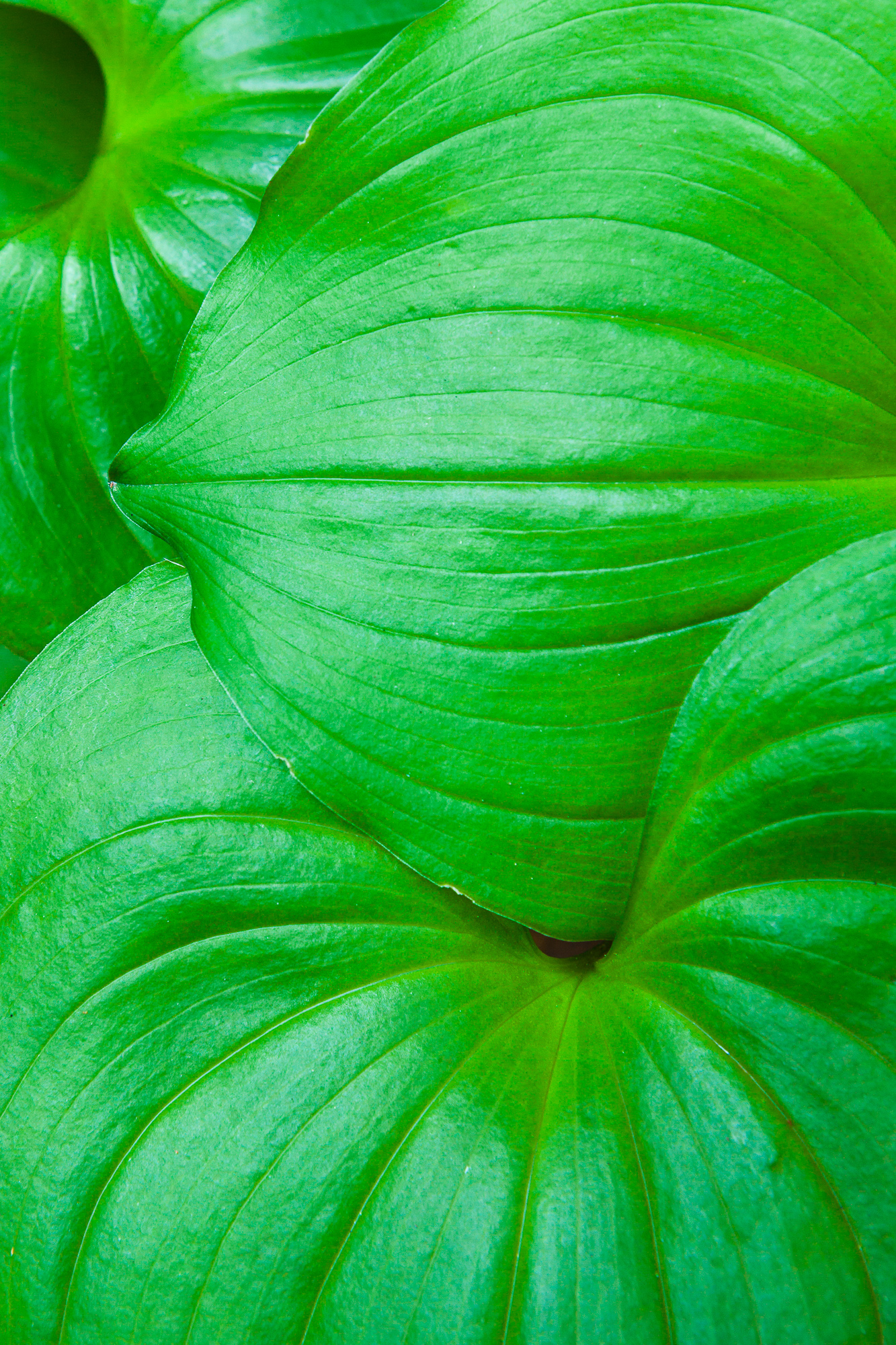
In addition to capturing my main target, the forest provided opportunities for macro shots as well. Walking along the trails, I always kept an eye out for interesting patterns formed naturally. I found the large green leaves of false lily-of-the-valley intertwined and zoomed in to pick out a pattern among the leaves.
Naturally, there were also other interesting subjects, such as this fungus growing on a decaying tree branch.

The last morning I was in town, I was greeted by a light steady rain. Normally this kind of weather would see me rising, checking the window, and then jumping back into bed. However the rain also came with more fog, which actually created ideal conditions for more forest photography. Not necessarily the best conditions for me, but with my camera well protected with its own rain gear, the resulting photos came out just fine.

The forest offered more than just lush green vegetation and enormous trees. Some of the older trees had large gashes and burns which lent to more graphical than subjective photographs. Here the negative space formed by the dark burn marks frames and offsets the light window to a distant tree.
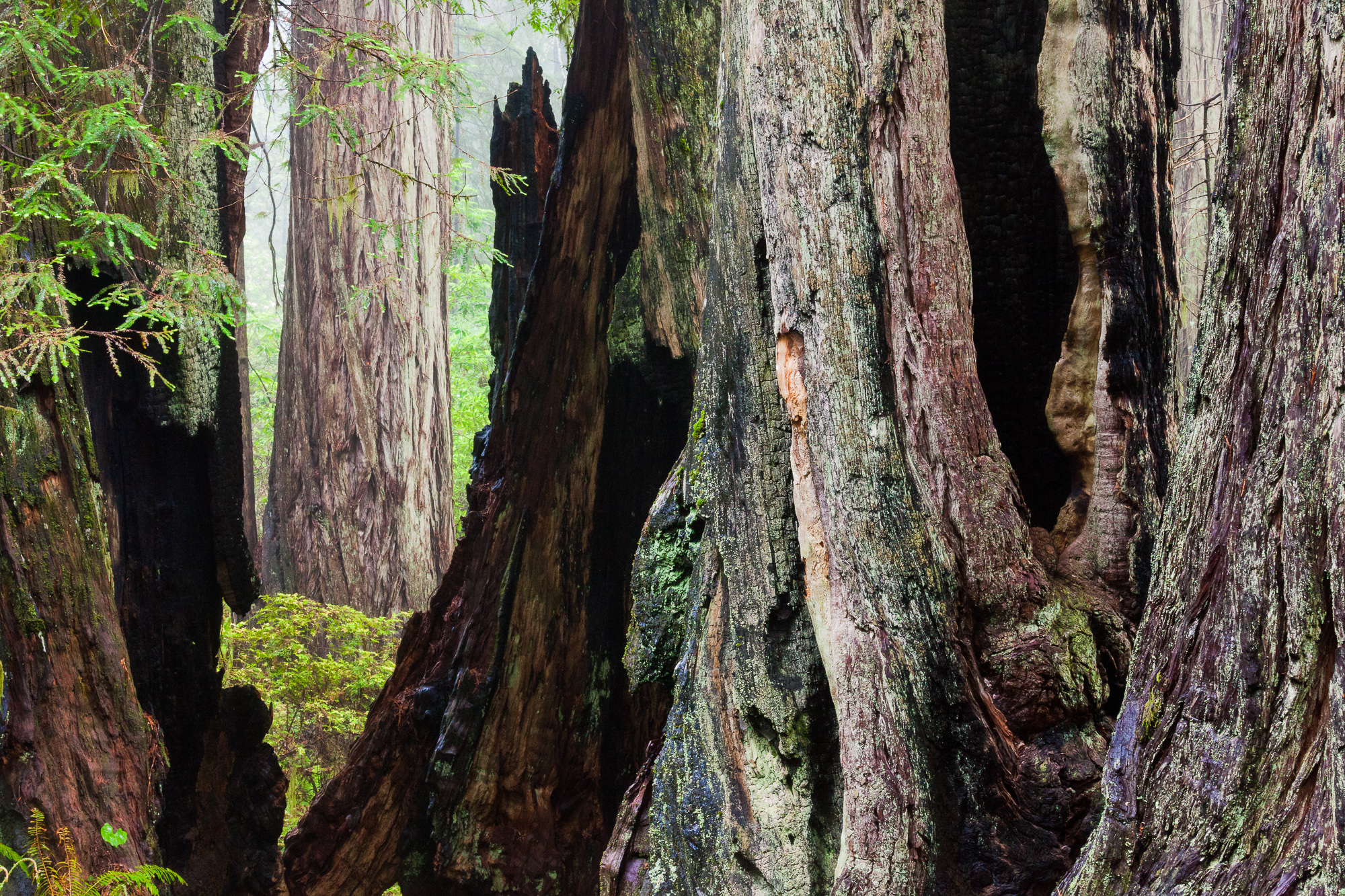
Once the fog cleared, there were moments of magical, ethereal sunlight filtering through the canopy. I loved finding backlit ferns juxtaposed against a much darker wall of redwood. The photo below contains a bonus element of a double swoop of sorrel framing the bottom of the photo.
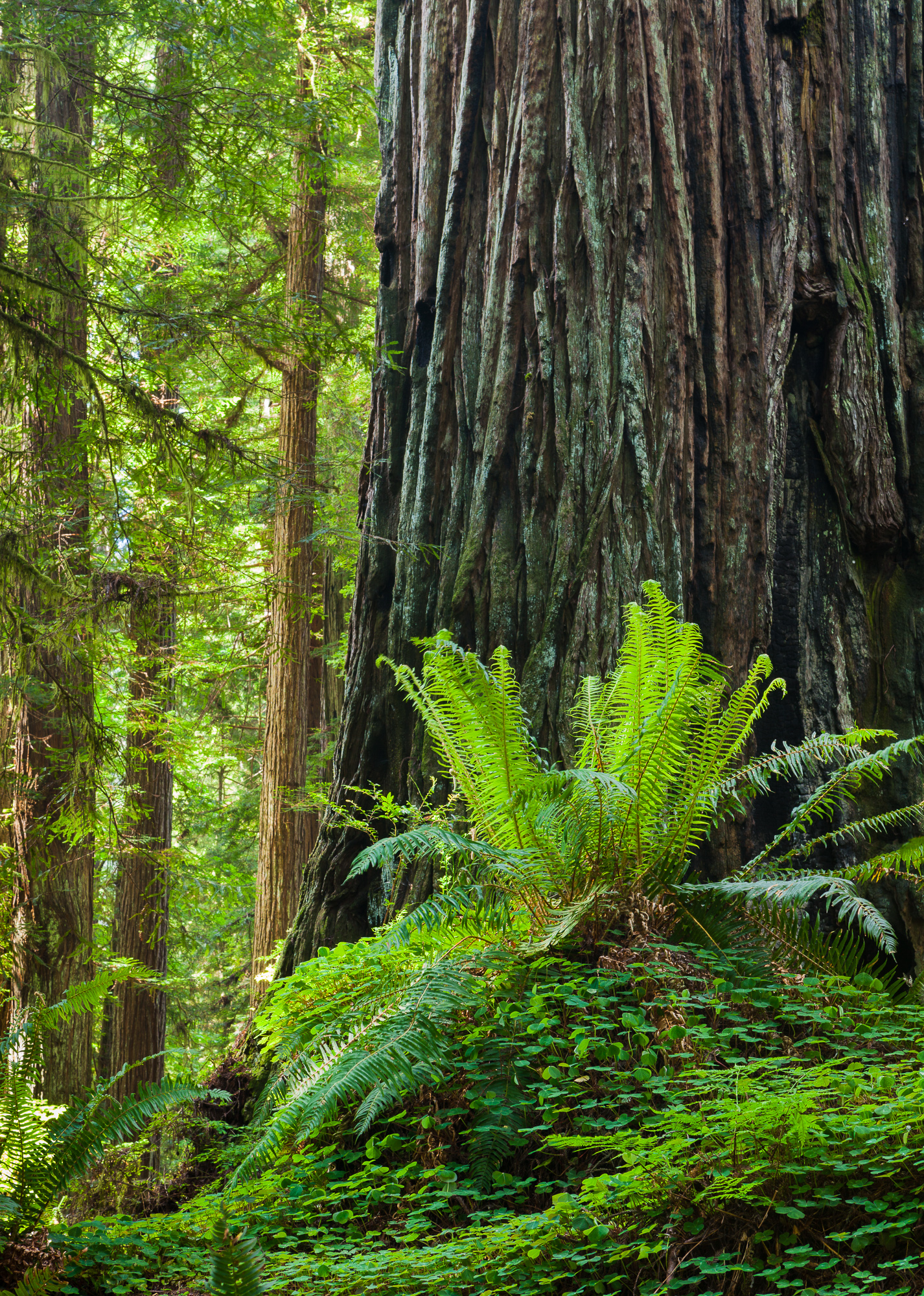
It was a brief, challenging weekend. I’m not sure if I quite hit my stride in the redwood forest, which is usually an indicator that another visit is in order in the near future. There were difficult shooting conditions with the rain, and the sheer complexity of the forest had me scratching my head more than once. It is times like those that I have to take my hands away from the camera and just sit with the surroundings, listening. More often than not, it will tell me where to point my lens next.
